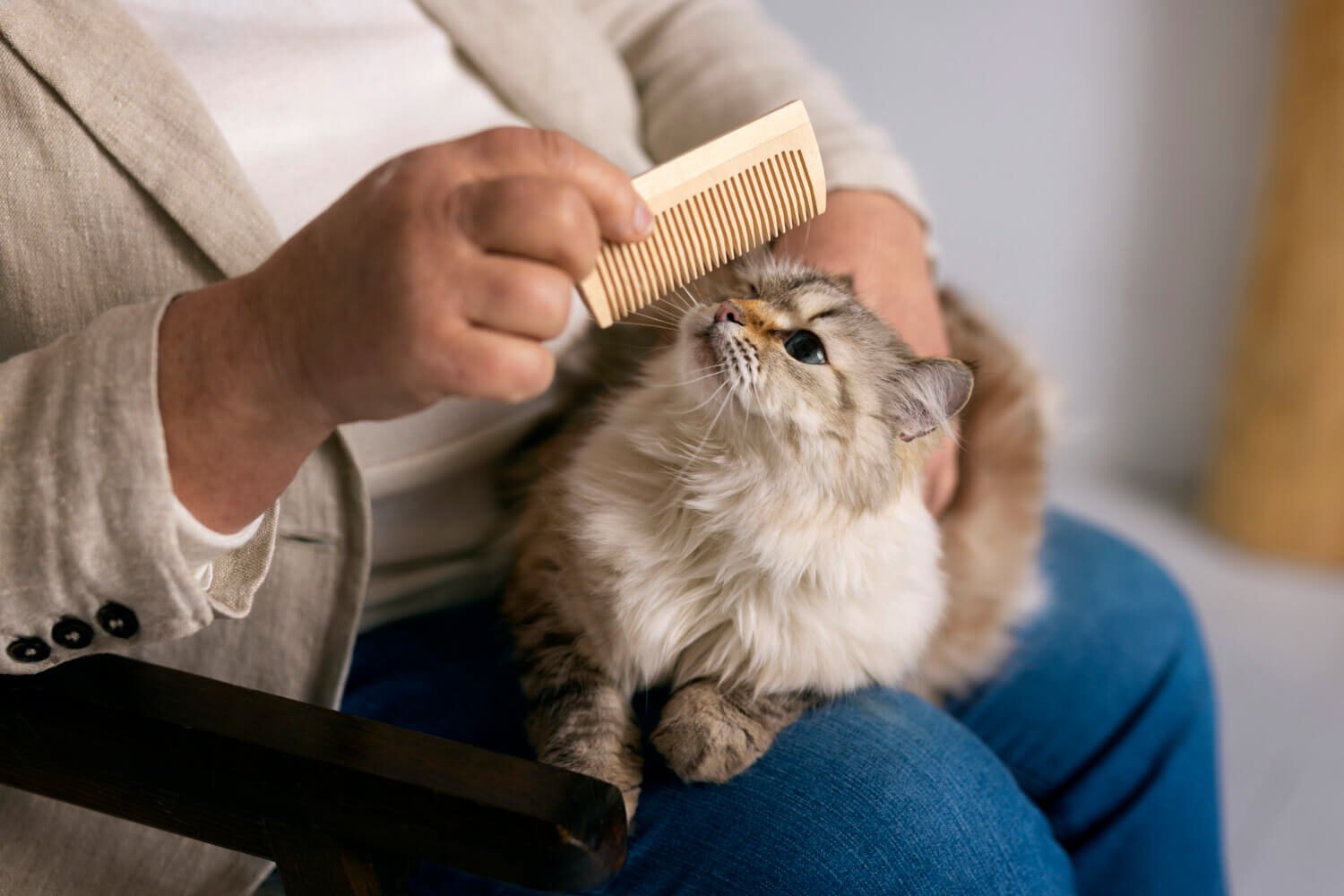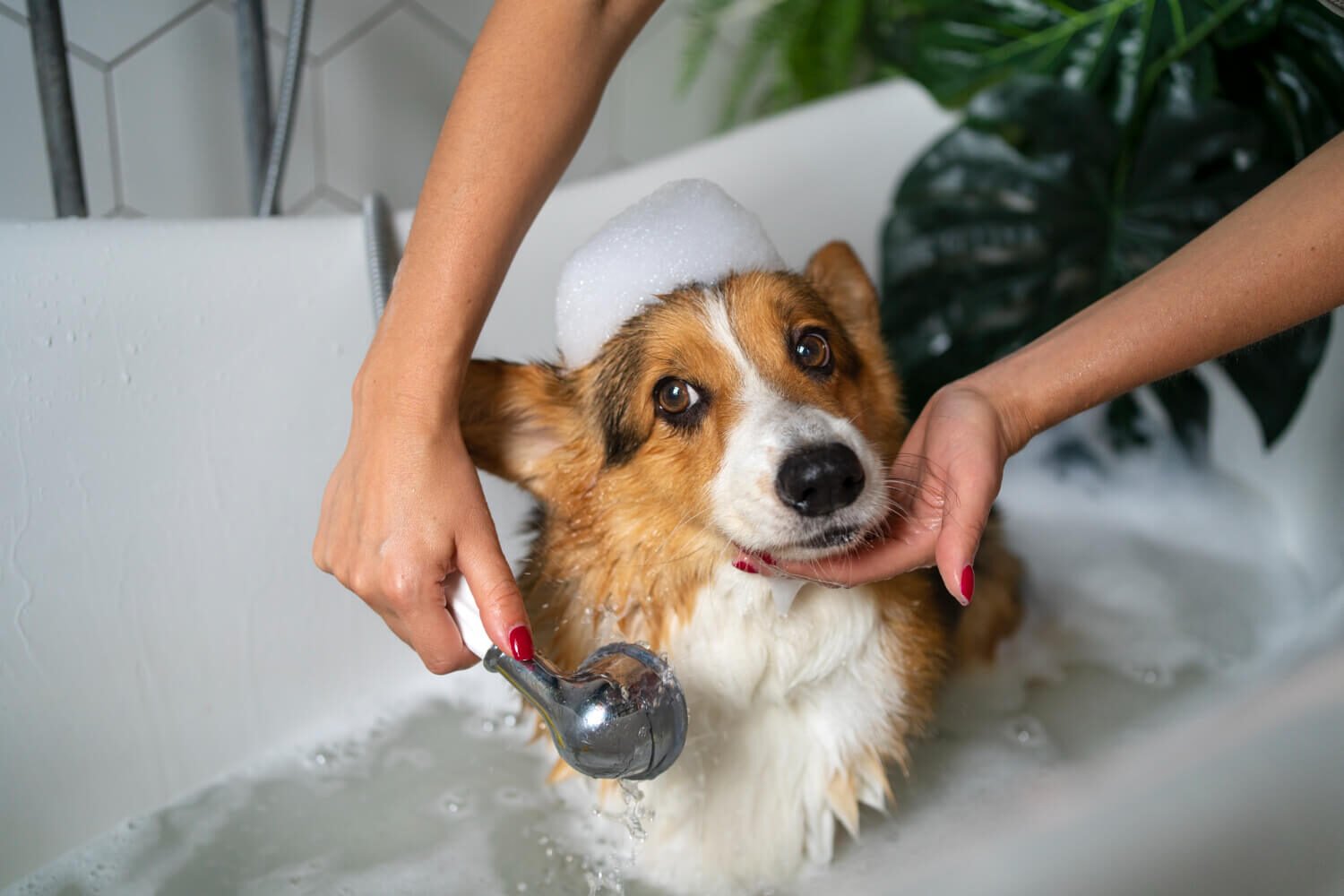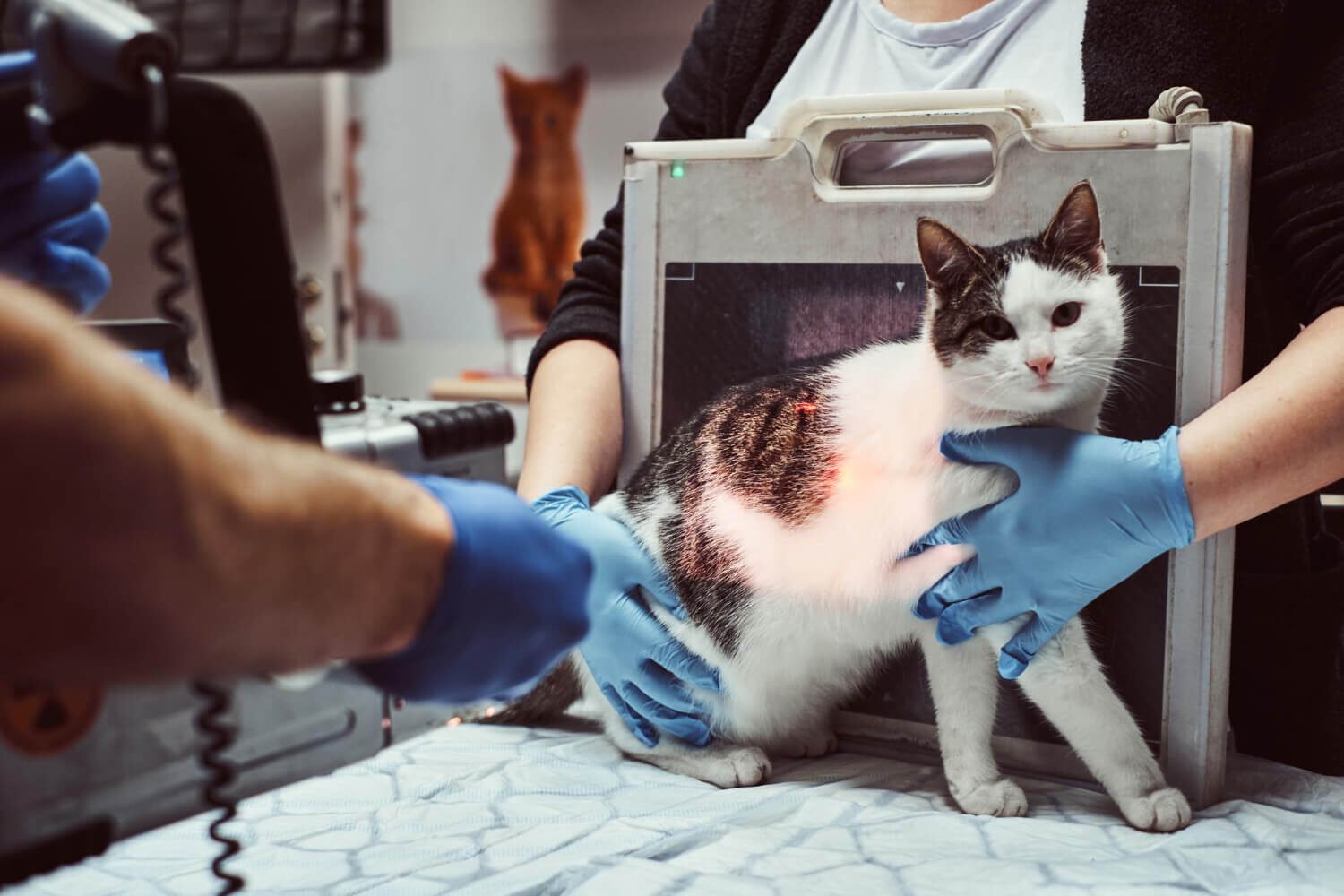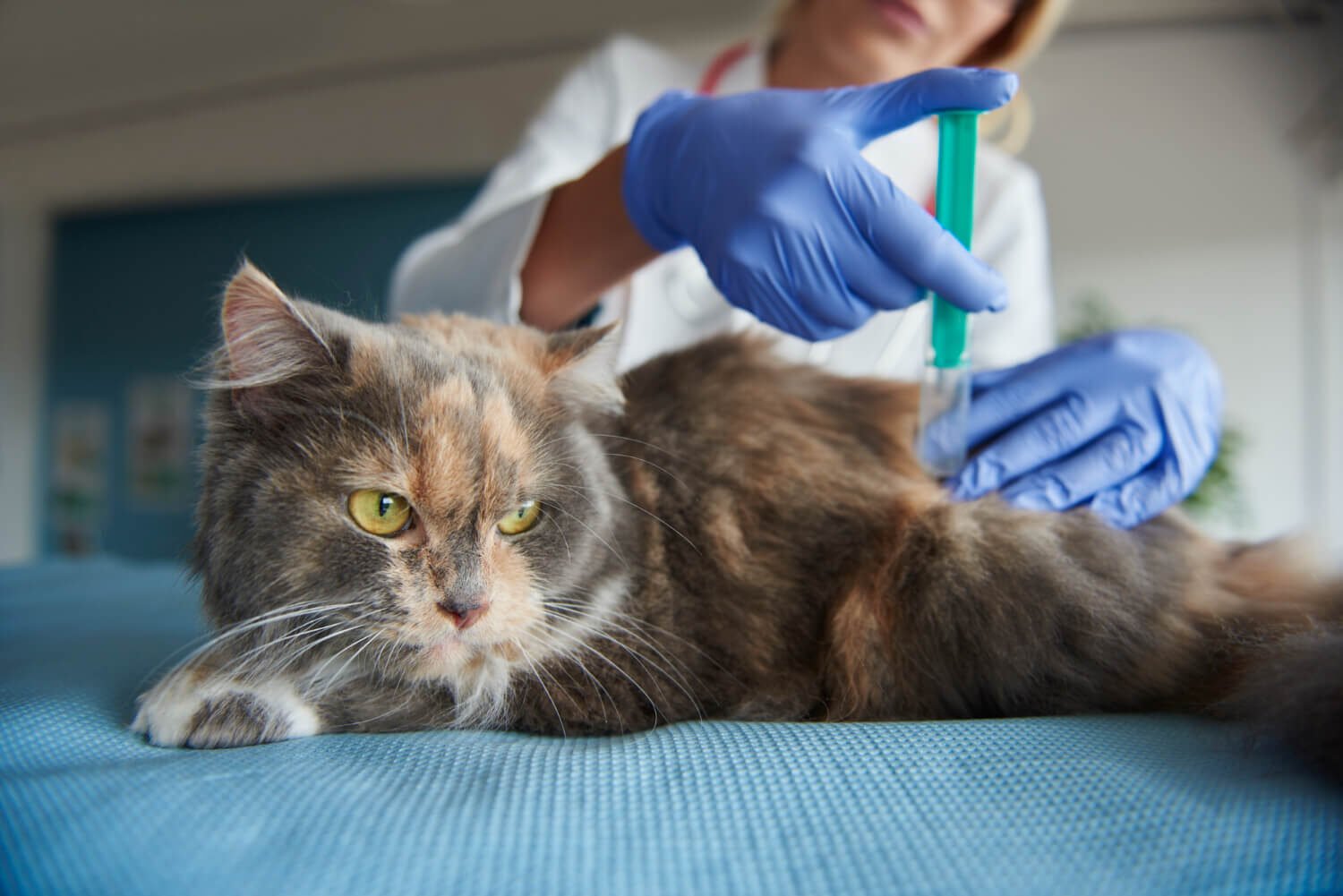Cat Hygiene Tips Every Feline Owner Should Follow
Keeping your kitten clean and athletic is an essential part of accountable pet partnership. Cats are consistently clean mammals, but they still require counseling and care from their proprietor to claim decent hygiene. Regular consideration to their educating, litter dresses, and overall cleanness can prevent energy issues and guarantee a satisfied, easy life for your cat companion.
Proper kitten cleanliness isn’t just about appearance—it again plays an important part in barring infections, lowering bad odors, and asserting a safe surroundings for two together your kitten and your household. Even household cats, the one power that appears less unprotected to dirt, benefit from routine cleanliness practices.
By understanding and following fundamental kitten cleanliness tips, owners can hold their pets athletic, wealthy, and stress-free. These natural yet persuasive practices help hearten the bond between you and your fuzzy companion while promoting a cleaner, more hygienic home.
What is Cat Hygiene and Why Does it Matters?
Cat hygiene refers to the practices and routines that help keep a cat clean, healthy, and free from parasites or infections. While cats are naturally meticulous groomers, relying solely on their instincts isn’t always enough. Proper hygiene involves regular grooming, maintaining a clean litter box, monitoring dental health, and addressing any skin or coat issues promptly.
Maintaining good cat hygiene is crucial for both the cat’s well-being and the household environment. Poor hygiene can lead to health problems such as urinary tract infections, skin irritations, dental disease, and even behavioral issues. It can also result in unpleasant odors and an increased risk of parasites like fleas or ticks.
By prioritizing cat hygiene, owners not only support their pet’s physical health but also contribute to their mental comfort and overall happiness. A clean, well-groomed cat is often a calmer, more affectionate, and socially comfortable companion.
Related Blog: A Complete Guide to Maintaining Your Pet’s Hygiene at Home
Common Consequences of Poor Hygiene in Cats
Neglecting your cat’s hygiene can lead to a range of health and behavioral problems. Even though cats groom themselves regularly, they may miss areas or struggle with certain conditions, especially as they age or if they are overweight. Poor hygiene can affect your cat’s overall well-being and may require veterinary attention if left unaddressed.
Here are some common consequences of poor hygiene in cats:
- Skin Infections and Irritations: Accumulation of dirt, oils, or unkempt fur can cause rashes, hot spots, or bacterial infections.
- Matting and Hairballs: Neglected grooming can lead to tangled fur, mats, and increased hairball formation, which may cause digestive problems.
- Parasite Infestations: Fleas, ticks, and mites thrive in unclean fur, leading to itching, discomfort, and potential disease transmission.
- Dental Problems: Poor oral hygiene can result in plaque buildup, gum disease, bad breath, and tooth loss.
- Urinary and Litter Box Issues: Dirty litter boxes or unclean genital areas can contribute to urinary tract infections and litter box avoidance.
- Unpleasant Odors: Lack of grooming can cause a strong, unpleasant smell from the fur, mouth, or litter box.
- Behavioral Stress: Cats may become anxious, withdrawn, or display aggressive behavior due to discomfort from poor hygiene.
Maintaining consistent hygiene routines helps prevent these issues, ensuring your cat stays healthy, comfortable, and happy.
Daily Hygiene Habits for Cats
Maintaining daily hygiene for your cat is essential to keep them healthy, comfortable, and happy. Even though cats are naturally good at grooming themselves, daily attention from their owners can prevent health issues, reduce odor, and strengthen the bond between you and your pet. Simple daily habits can make a big difference in a cat’s overall well-being.
Here are some daily hygiene habits for cats:
1. Brushing the Fur
Regular brushing helps remove loose hair, prevent matting, and reduce hairballs. Short-haired cats may need a quick daily brush, while long-haired breeds require more frequent attention to avoid tangles. Brushing also stimulates blood circulation and allows you to check for parasites or skin issues.
2. Cleaning the Litter Box
A clean litter box is crucial for preventing infections and maintaining your cat’s comfort. Scoop waste at least once a day and replace litter regularly. Cats are sensitive to odors, and a dirty litter box can lead to avoidance or inappropriate elimination elsewhere in the home.
3. Checking Eyes and Ears
Daily inspection of your cat’s eyes and ears helps catch infections early. Wipe away discharge gently with a damp cloth and watch for redness, swelling, or unusual odor, which may indicate a problem requiring veterinary care.
4. Dental Care
While brushing your cat’s teeth daily may be challenging, wiping their gums or providing dental treats can help reduce plaque and maintain oral hygiene. Healthy teeth prevent bad breath, gum disease, and other systemic health issues.
5. Monitoring Skin and Coat
Check your cat’s skin for redness, bumps, or parasites while grooming. Healthy skin and a shiny coat are signs of overall well-being. Early detection of abnormalities can prevent infections or allergic reactions from worsening.
6. Keeping Claws Trimmed
Daily or frequent monitoring of your cat’s claws helps prevent overgrowth, injuries, or damage to furniture. Use a proper cat nail trimmer and trim carefully to avoid cutting the quick.
Consistently practicing these daily hygiene habits ensures your cat stays healthy, comfortable, and free from preventable illnesses, while also strengthening the bond you share.
Essential Cat Hygiene Products
Maintaining proper cat hygiene requires the right tools and products. While cats naturally groom themselves, having essential hygiene items makes it easier to keep them clean, healthy, and comfortable. Using appropriate products also helps prevent infections, skin issues, and unpleasant odors, making your cat’s daily care routine more effective.
Here are some essential cat hygiene products every owner should have:
1. Cat Brush or Comb:
Helps remove loose hair, prevent mats, and reduce hairballs. Choose a brush suitable for your cat’s coat length and type.
2. Cat Shampoo and Wipes:
Gentle, cat-specific shampoos and grooming wipes help keep the coat clean and fresh without irritating sensitive skin.
3. Litter Box and Litter:
A high-quality litter box and odor-absorbing litter are essential for maintaining a clean environment and encouraging proper elimination habits.
4. Nail Clippers:
Specialized cat nail clippers help trim claws safely and prevent overgrowth or injuries to both the cat and household furniture.
5. Ear Cleaning Solution:
Cat-safe ear cleaning solutions and cotton pads help remove wax and debris, preventing infections and discomfort.
6. Toothbrush and Dental Products:
Cat toothbrushes, dental gels, or treats help maintain oral hygiene, reduce plaque, and prevent bad breath.
7. Flea and Tick Treatments:
Regular use of veterinary-recommended flea and tick control products prevents infestations and related health issues.
8. Grooming Gloves (Optional):
Useful for cats that dislike traditional brushes, grooming gloves remove loose hair while providing a gentle massage.
Using these products consistently ensures that your cat stays clean, healthy, and comfortable while making grooming easier and stress-free for both you and your feline companion.
Related Blog: Top 10 Pet Hygiene Products Every Pet Parent Needs
Common Cat Hygiene Mistakes to Avoid
Even the most well-intentioned cat owners can make mistakes when it comes to hygiene. Overlooking certain practices or using inappropriate products can lead to health problems, stress, or behavioral issues in cats. Being aware of common mistakes helps owners maintain a safe and effective hygiene routine for their feline companions.
Here are some common cat hygiene mistakes to avoid:
1. Neglecting Regular Brushing:
Skipping grooming sessions can lead to matting, hairballs, and skin irritations, especially in long-haired cats.
2. Using Human Products:
Shampoos, soaps, or toothpaste meant for humans can irritate a cat’s sensitive skin or be toxic if ingested. Always use cat-specific products.
3. Infrequent Litter Box Cleaning:
A dirty litter box can cause infections, litter box avoidance, and unpleasant odors in your home. Daily scooping is essential.
4. Over-Bathing:
Bathing cats too often can strip natural oils from their skin, leading to dryness, irritation, and a dull coat. Most cats only need occasional baths.
5. Ignoring Dental Care:
Failing to address oral hygiene can result in plaque buildup, gum disease, bad breath, and even systemic health issues.
6. Skipping Ear and Eye Checks:
Not regularly inspecting or cleaning ears and eyes can allow infections or irritations to go unnoticed until they worsen.
7. Trimming Claws Improperly:
Cutting too deep or irregularly can cause pain, bleeding, or infections. Use proper cat nail trimmers and follow safe techniques.
8. Ignoring Parasite Prevention:
Not using flea, tick, or worm treatments can lead to infestations, skin problems, and diseases that affect both the cat and humans in the household.
Avoiding these mistakes helps ensure your cat stays healthy, comfortable, and stress-free while maintaining a clean and safe home environment.
FAQs About Cat Hygiene
Many cat owners have questions about maintaining proper hygiene for their feline companions. Here are answers to some of the most frequently asked questions:
Q1. How do I clean my cat’s ears safely?
Use a cat-safe ear cleaning solution and a soft cotton pad or ball—never use cotton swabs, as they can damage the ear canal. Gently wipe the visible part of the ear to remove wax and debris. If you notice redness, foul odor, or excessive discharge, consult a veterinarian immediately.
Q2. What is the best way to prevent hairballs?
Regular brushing helps remove loose hair before it is ingested, which is key to reducing hairballs. You can also provide hairball-specific treats or diets designed to improve digestion and minimize the formation of hairballs in the stomach.
Q3. How do I reduce cat odor in my home?
Keep the litter box clean by scooping daily and changing litter regularly. Regular grooming, including brushing and occasional bathing, also helps. Ventilation, odor-neutralizing sprays, and washable bedding can further reduce unwanted smells.
Q4. When should I take my cat to a vet for hygiene issues?
Visit a veterinarian if you notice persistent skin irritation, excessive scratching, hair loss, foul odor, unusual discharge from eyes or ears, or difficulty grooming. Early intervention can prevent minor issues from turning into serious health problems.
Q5. How often should I bathe my cat?
Most cats do not need frequent baths, as they groom themselves regularly. Bathing once every 4–6 weeks is usually sufficient unless your cat gets particularly dirty or has a skin condition. Always use cat-specific shampoo and ensure the water is lukewarm.
Conclusion
Proper hygiene is a cornerstone of keeping your cat healthy, happy, and comfortable. While cats naturally groom themselves, regular care from owners—including brushing, dental care, litter box maintenance, and parasite prevention—ensures they remain free from infections, discomfort, and behavioral issues.
By adopting consistent hygiene practices and using the right products, you can prevent common health problems, reduce odors, and strengthen the bond with your feline companion. A clean, well-groomed cat is not only healthier but also more content and affectionate, making daily care a rewarding experience for both pet and owner.











